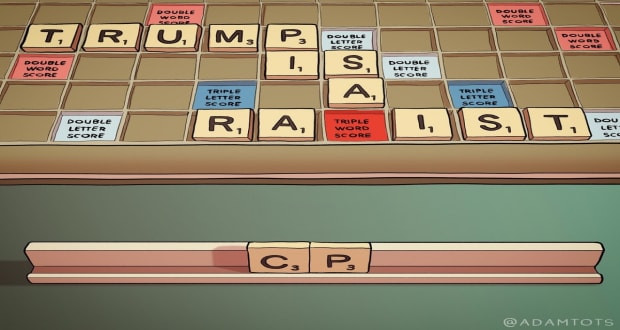Hours earlier, Davis had been navigating dense traffic in Lahore, his thick frame wedged into the driver’s seat of a white Honda Civic. A city once ruled by Mughals, Sikhs and the British, Lahore is Pakistan’s cultural and intellectual capital, and for nearly a decade it had been on the fringes of America’s secret war in Pakistan. But the map of Islamic militancy inside Pakistan had been redrawn in recent years, and factions that once had little contact with one another had cemented new alliances in response to the CIA’s drone campaign in the western mountains. Groups that had focused most of their energies dreaming up bloody attacks against India were now aligning themselves closer to Al Qaeda and other organizations with a thirst for global jihad. Some of these groups had deep roots in Lahore, which was why Davis and a CIA team set up operations from a safe house in the city.
But now Davis was sitting in a Lahore police station, having shot two young men who approached his car on a black motorcycle, their guns drawn, at an intersection congested with cars, bicycles and rickshaws. Davis took his semi-automatic Glock pistol and shot through the wind shield, shattering the glass and hitting one of the men numerous times. As the other man fled, Davis got out of his car and shot several rounds into his back.
He radioed the American Consulate for help, and within minutes a Toyota Land Cruiser was in sight, careering in the wrong direction down a one-way street. But the SUV struck and killed a young Pakistani motorcyclist and then drove away. An assortment of bizarre paraphernalia was found, including a black mask, approximately 100 bullets and a piece of cloth bearing an American flag. The camera inside Davis’ car contained photos of Pakistani military installations, taken surreptitiously.
More than two years later, the Raymond Davis episode has been largely forgotten in the United States. It was immediately overshadowed by the dramatic raid months later that killed Osama bin Laden — consigned to a footnote in the doleful narrative of America’s relationship with Pakistan. But dozens of interviews conducted over several months, with government officials and intelligence officers in Pakistan and in the United States, tell a different story: that the real unravelling of the relationship was set off by the flurry of bullets Davis unleashed on the afternoon of 27 January 2011, and exacerbated by a series of misguided decisions in the days and weeks that followed. In Pakistan, it is the Davis affair, more than the Bin Laden raid, that is still discussed in the country’s crowded bazaars and corridors of power — via redwolf.newsvine.com















 RSS – Posts
RSS – Posts